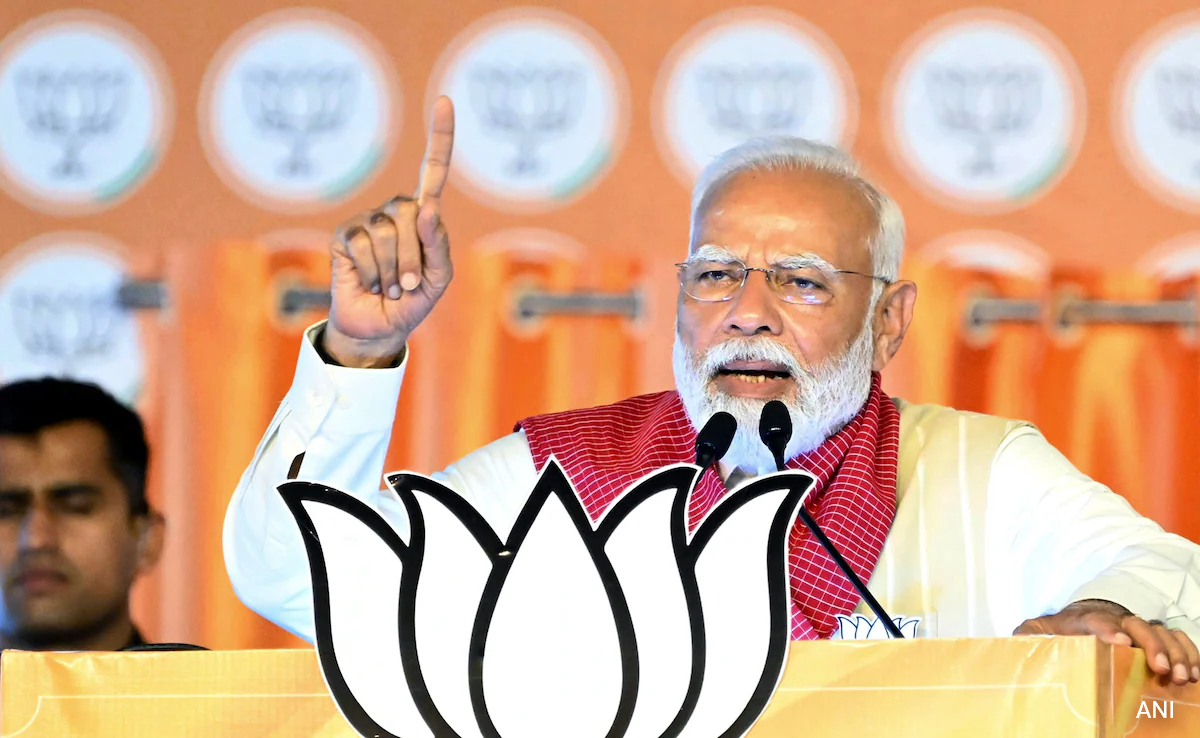The central government’s latest announcement to install rooftop solar panels on over 10 million homes has highlighted India’s rapidly expanding solar revolution. As the country focuses on clean energy, it has also set its sights on becoming the next manufacturing hub for solar panels after China.
India’s domestic solar photovoltaic (PV) module manufacturing capacity is 22 GW per annum, as listed in the ‘Approved List of Models and Manufacturers’ (ALMM) of the Ministry of New and Renewable Energy. An additional 48.3 GW of fully/partially integrated solar PV module manufacturing is planned under the Centre’s Rs 24,000 crore PLI (Production Linked Incentive) scheme for high-efficiency solar modules.
“Indian developers are still heavily dependent on imports. But this dynamic is changing with the government promoting more domestic manufacturing through PLI schemes and other non-tariff barriers such as imposing basic customs duties and registering companies under the ALMM. With large corporations now committed to domestic manufacturing and large GW of the supply chain, India is not far away from being self-sufficient in solar panels,” says Vibhuti Garg, director for South Asia at the Institute for Energy Economics for Financial Analysis (IEEFA). ,
While India hopes to meet its domestic demand with local production of solar modules soon, the main challenge is its huge dependence on imports for polysilicon and other minerals which will take more time to reduce.
“We are moving fast. PLI schemes for integrated manufacturing plants have certainly made a huge difference and provided confidence to investors. Now, we need to deepen the value chain and go into the early stages of manufacturing – polysilicon, wafers and more,” said Alok Kumar, former power ministry secretary.
Climate target: 280 GW solar capacity by 2030
According to experts, India is building around 14 GW of module production against the requirement of at least 30 GW per year to meet the 2030 target of achieving 500 GW cumulative power installed capacity from non-fossil fuel sources. For. About 280 GW of this is expected to come from solar power, followed by wind and other renewable sources including biogas and hydropower.
Kumar said the main challenge is to see how fast India can increase its solar power without increasing import dependence. “But at the same time, we have to strike a balance. We can’t wait until all the localization is done. It will be too late because emissions will increase. Therefore, we need to keep moving forward in the energy transition while enhancing our local manufacturing capabilities. 2030 is not the end, we need to look beyond this.”
India is also keen to cater to the rapidly growing export market of solar PV modules abroad, which are dependent on China. “Based on PLI and upcoming additional manufacturing capacities, it is clear that we will have more than enough manufacturing capacity for solar panels in India in the next few years. How much of it will be consumed in India will ultimately be determined by consumer preferences, cost considerations, regulatory preferences for local products and constraints on imports,” said Rishabh Jain, senior program head, Council on Energy, Environment and Water (CEEW). .
The ministry has also recently made it mandatory for government entities to purchase and use domestically manufactured solar PV modules as well as subsidy schemes under the National Solar Mission, including the grid-connected rooftop solar programme.
New PM scheme: New incentive for rooftop solar
While India is continuously expanding its solar power capacity, its rooftop solar power sector continues to lag behind. Of the total 40 GW of rooftop solar capacity to be achieved by 2026, only 11.08 GW has been installed so far.
“Currently, about 7-8 lakh households have installed rooftop solar systems and have benefited from the government capital subsidy programme, resulting in about 4 GW of solar capacity. But there is no doubt, the residential solar rooftop sector is struggling compared to industrial and commercial establishments, which pay higher electricity charges and are attracted to it. Residential consumers are getting highly subsidized grid power and do not find it attractive in terms of cost,” said Neeraj Kuldeep, senior program head, CEEW.
Overall, solar energy accounts for 55 per cent of the total renewable energy installed capacity in India, reaching 133.89 GW by December 2023. India has an installed solar capacity of about 72.31 GW, of which 58.53 GW comes from ground-mounted solar projects and 11.08 GW from solar projects. GW from rooftop solar capacity, while the remaining 2.70 GW from off-grid solar capacity and 2.55 GW from solar components of hybrid projects.
Apart from the latest announcement to install rooftop solar power on more than 10 million homes, the government has also approved 50 solar parks in 12 states with a total capacity of about 37,490 MW.
Follow us on Google news ,Twitter , and Join Whatsapp Group of thelocalreport.in
















